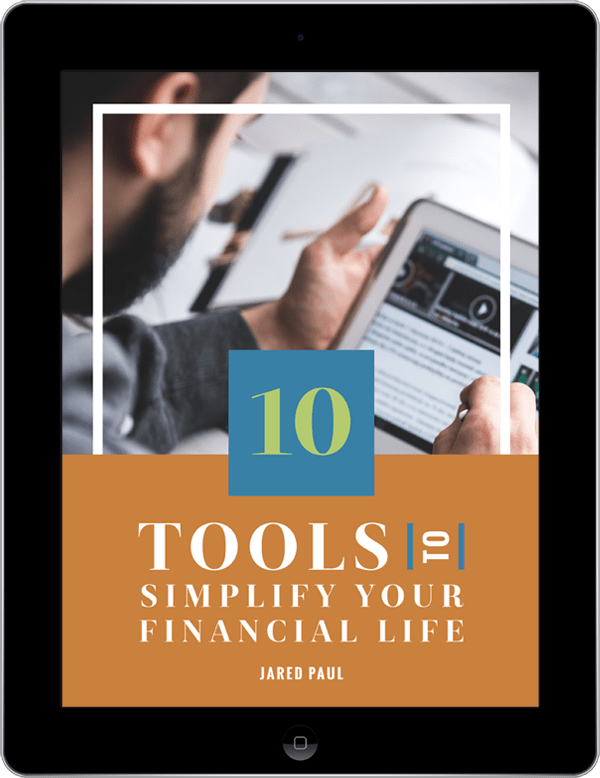Trying to figure out where to invest your money can be a pretty daunting task.
Stocks, bonds, mutual funds, ETFs, Index Funds, on and on.
But trying to create your investment plan by looking at the individual investments first, is like trying to go on a cross-country road trip before you’ve created your destination and road-map.
You’re bound to get confused. And at worst, lost.
So where should you begin?
CATEGORIES
In a previous post, I wrote about how you need to understand your “why” of your investments before you select the actual investments, themselves.
But even before picking the investments, there is another step that is crucial to make sure you are successful with your investing. And that is, organizing your investments into categories, or buckets.
BUCKETS
There are three main buckets you can choose to place your money into. These aren’t literal buckets, they are just a way for you to understand what each dollar is meant for in the future.
The three buckets you should consider using are as follows:
1 – Liquidity
2 – Longevity
3 – Legacy
By organizing each of your hard-earned dollars into one of these buckets, it will help you understand what they are for, and will help you to avoid making mistakes (i.e. – Using retirement money for a spontaneous new purchase that you don’t need.).
LIQUIDITY
Something being “liquid” is just a financial term to illustrate that it is easily accessible.
This bucket is where you keep money you will need for either an emergency, or sometime in the near future.
This refers to things like cash, checking accounts, savings accounts, CDs, and other monies you can access quickly.
LONGEVITY
This bucket is where you place money that you will need in the future.
Investments that are set aside for college tuition for children, retirement planning, or other expenses that will be incurred in the future, fit into this bucket.
In reality, this bucket can also be broken down further into mid-term and long-term buckets.
For example, if you were going to buy a house in the next 3-5 years, that money doesn’t need to be liquid, but it should be invested differently than a retirement account that won’t be needed for another 25 years.
LEGACY
This is money that you might never use, and will set aside for either your children, or any other individual or organization you’d like to make a positive impact on after you’ve passed away.
I’d focus on making sure you have a strong foundation for the first two before you focus on the third bucket.
STRESS-FREE INVESTING
The great thing about using this bucketing system is the psychological benefits that you experience.
For instance, if you have plenty of money saved up in an emergency fund (inside your “liquidity” bucket) then you know you don’t have to worry about short-term ups and downs of your other investments. Sure, you don’t want to see it losing any value, but you know that you’ll be alright, either way.
If you didn’t have your liquidity bucket taken care of, you might be stressed out anytime there is a down-turn in your investment accounts. Especially if you know that you have some upcoming bills, or if you have an emergency that arises.
ROADMAP TO SUCCESS
The biggest benefit is that you are working toward creating a plan for your money.
A great quote you may have heard of is…
“If you fail to plan, you plan to fail.”
The majority of people I come across begin investing without any idea of what they are doing, where they are headed, what the purpose of their money is, and how they will accomplish any goals they may or may not have.
By using this bucketing approach, it gives you another tool for organizing your financial life, and will help you move closer to your goals; assuming you’ve taken the time to plan those out, of course.
Capable Yours,
















